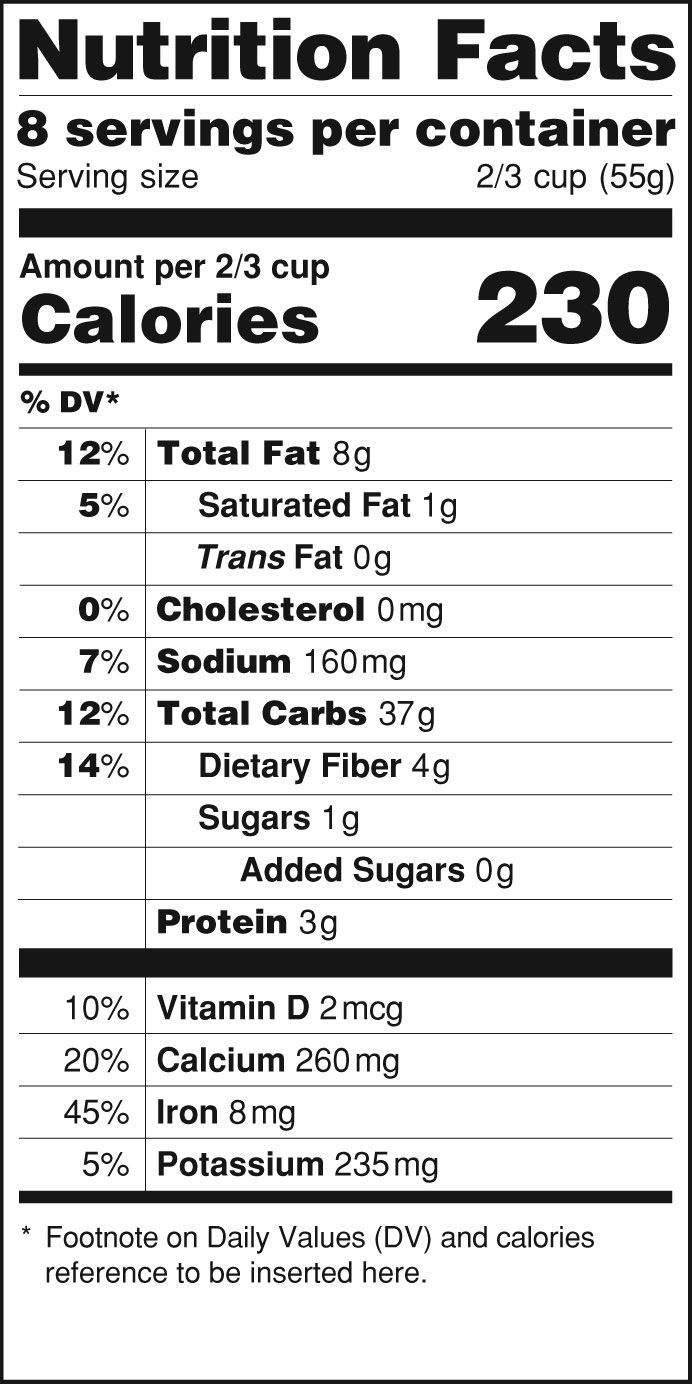A. Kyla Shea, PhD, a scientist at the Jean Mayer USDA Human Nutrition Research Center on Aging Vitamin K Laboratory, answers: “The nutrient content of plant foods varies depending on where it was grown, soil conditions, weather, and other factors. For example, higher amounts of iron in the soil in which spinach is grown has been associated with lower amounts of potassium in the leaves. Food processing also impacts nutrient content.
“According to the USDA Food Composition Database (available online at FoodData Central or ndb.nal.usda.gov) there are 574 milligrams (mg) of potassium in one cup of ‘frozen spinach, chopped or leaf, boiled, drained’ with or without salt, and 840 mg in a cup of ‘spinach, cooked, boiled, drained.’ This represents the average amount of potassium in frozen or cooked spinach, respectively. However, the exact amount in the spinach you buy may be lower or higher, depending on where it was grown and how it was processed.
“Potassium is found in a wide variety of foods. Besides spinach and other leafy greens, try including foods like avocados, sweet potatoes, watermelon, beans, butternut squash, dried apricots, and bananas. Consuming a healthy dietary pattern that includes plenty of plant foods will insure you get enough potassium for good health, despite the confusing—but natural—variations in potassium content.”





















